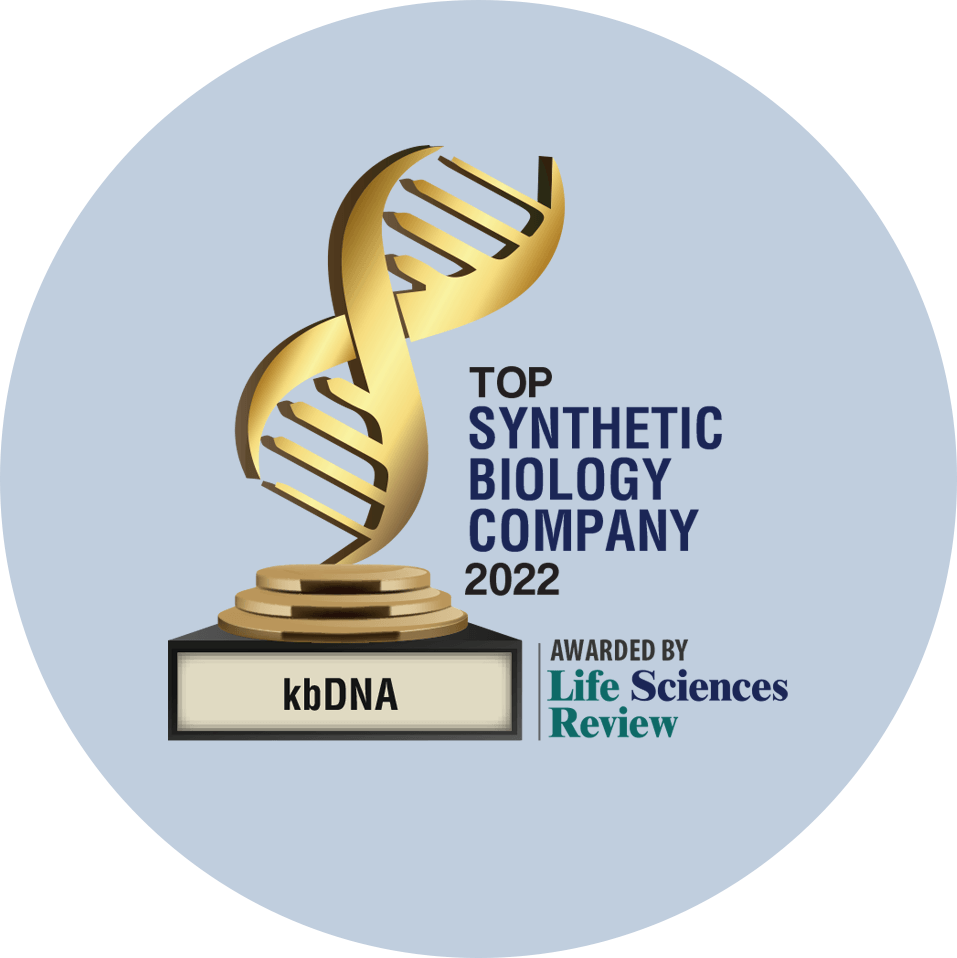Pro-inflammatory cytokine that is involved in a wide variety of processes such as chemotaxis, differentiation, and activation of peripheral immune cells, regulation of cell growth, apoptosis and modulation of angiostatic effects (PubMed:7540647, PubMed:11157474, PubMed:22652417). Plays thereby an important role during viral infections by stimulating the activation and migration of immune cells to the infected sites (By similarity). Mechanistically, binding of CXCL10 to the CXCR3 receptor activates G protein-mediated signaling and results in downstream activation of phospholipase C-dependent pathway, an increase in intracellular calcium production and actin reorganization (PubMed:12750173, PubMed:19151743). In turn, recruitment of activated Th1 lymphocytes occurs at sites of inflammation (PubMed:12750173, PubMed:12663757). Activation of the CXCL10/CXCR3 axis plays also an important role in neurons in response to brain injury for activating microglia, the resident macrophage population of the central nervous system, and directing them to the lesion site. This recruitment is an essential element for neuronal reorganization (By similarity). {ECO:0000250|UniProtKB:P17515, ECO:0000269|PubMed:11157474, ECO:0000269|PubMed:12663757, ECO:0000269|PubMed:12750173, ECO:0000269|PubMed:19151743, ECO:0000269|PubMed:22652417, ECO:0000269|PubMed:7540647}.,Beta strand (5); Chain (2); Disulfide bond (2); Helix (1); Mass spectrometry (1); Modified residue (1); Sequence conflict (1); Signal peptide (1); Turn (2),By IFNG/IFN-gamma. A diverse population of cell types rapidly increases transcription of mRNA encoding this protein. This suggests that gamma-induced protein may be a key mediator of the IFNG/IFN-gamma response.,Mainly secreted by monocytes, endothelial cells as well as fibroblasts. Expressed by epithelial cells in thymus (PubMed:11157474). Microglial cells produce CXCL10 in response to viral stimulation (PubMed:12663757). {ECO:0000269|PubMed:11157474, ECO:0000269|PubMed:12663757}.



